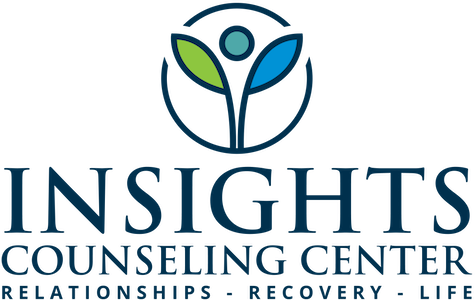What Is Neurofeedback? A Brain-Based Approach to Emotional Regulation
When emotions feel overwhelming, when your body seems stuck in high alert, or when your mind just won’t settle—sometimes talk therapy alone isn’t enough. That’s not because you’re doing anything wrong. It’s because regulation starts in the brain, not just the thoughts. Neurofeedback offers a way to work directly with the brain’s patterns, helping you build calm from the inside out.
At its core, neurofeedback is a brain training tool. It uses real-time data from your own brain waves to help you learn self-regulation. It’s non-invasive, personalized, and supported by decades of research in neuroscience and psychology. And most importantly, it’s a gentle and powerful option for those who feel stuck, overactivated, or disconnected from themselves.
How Does Neurofeedback Work?
Neurofeedback starts by measuring your brain’s electrical activity using sensors placed on the scalp. These sensors read the brain’s natural rhythms—called brainwaves—and send that information to a computer.
You don’t feel the sensors, and nothing is “put into” your brain. It’s simply reading what’s already there.
As your brain activity is monitored, you’ll watch a movie or show—typically something new that you’re interested in and find relaxing or enjoyable. The video itself becomes the feedback tool: when your brainwaves are balanced and regulated, the screen stays bright and the volume remains clear and easy to hear. When your brain begins to dysregulate, the screen dims slightly and the volume lowers. This subtle shift gives your brain immediate feedback—so the moment you return to a more regulated state, the screen brightens and the volume rises again. Over time, your brain learns how to find and sustain that balanced state more easily on its own.
It’s like holding a mirror up to your nervous system—giving it the information it needs to adjust, without requiring effort or conscious control.
What Does Neurofeedback Help With?
Neurofeedback is used to support a wide range of mental health and emotional concerns. While it’s not a one-size-fits-all treatment, it has been shown to be helpful for:
Anxiety and chronic worry
Trauma and PTSD
ADHD and attention regulation
Sleep disturbances
Emotional reactivity and shutdown
Depression or emotional flatness
Burnout and executive dysfunction
Attachment and nervous system dysregulation
If you often feel like your “emotional volume” is stuck too high or too low—or if you know what you should do emotionally but can’t get your body to follow—neurofeedback may offer a missing piece.
Why Emotional Regulation Starts in the Brain
Our brains are constantly scanning for safety. When we’ve experienced chronic stress, trauma, or emotional neglect, the brain can stay stuck in overdrive (hypervigilance, reactivity, anxiety) or underdrive (numbing, shutdown, exhaustion).
Traditional therapy helps us understand our responses—but sometimes our nervous system still doesn’t get the memo that we’re safe.
Neurofeedback helps bridge that gap. It works by targeting the source of dysregulation: the brain’s patterns of connectivity and alertness. Over time, the brain learns how to shift out of survival mode and into a state that allows for more presence, calm, and connection.
This doesn’t mean you’ll never get triggered again. But it does mean your system will have more flexibility—and a much easier time coming back to center.
What to Expect in a Neurofeedback Session
Sessions are typically 30–45 minutes and begin with a brief check-in. Sensors are placed gently on your scalp to measure your brainwave activity. You’ll then watch a show or movie of your choice—something new, interesting, and relaxing—while the feedback mechanism runs quietly in the background.
You don’t have to do anything. The learning is passive and takes place at the subconscious level.
Many clients report feeling calmer, more focused, or more rested after sessions—though like physical therapy, the results build gradually. A typical course of neurofeedback includes 20–40 sessions, depending on your goals and your brain’s response.
Neurofeedback can be used alongside talk therapy or on its own. We often recommend integrating it into your broader therapy plan, especially if you are working through trauma, addiction recovery, or attachment healing.
A Regulated Brain Supports a Resilient Life
Emotional regulation isn’t just about willpower—it’s about having a nervous system that can support you. Neurofeedback offers a path to re-train your brain toward steadiness, flexibility, and calm—so you’re not always working so hard just to feel okay.
If you’re tired of feeling hijacked by your emotions or shut down by stress, neurofeedback may offer the relief you’ve been looking for. We’d be honored to walk with you as you retrain your brain toward safety, connection, and healing.

